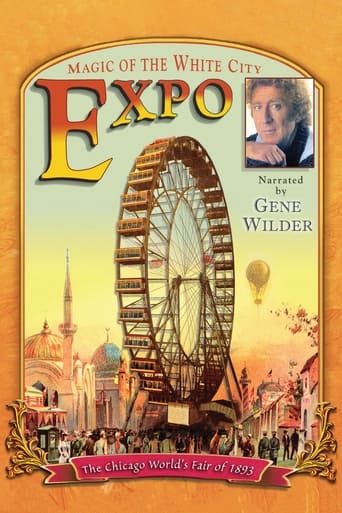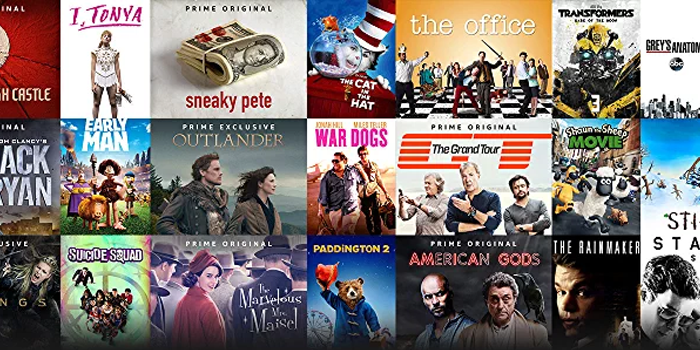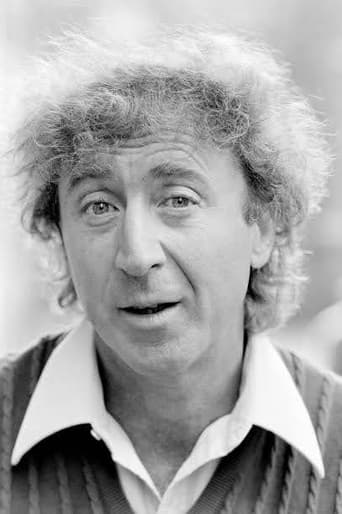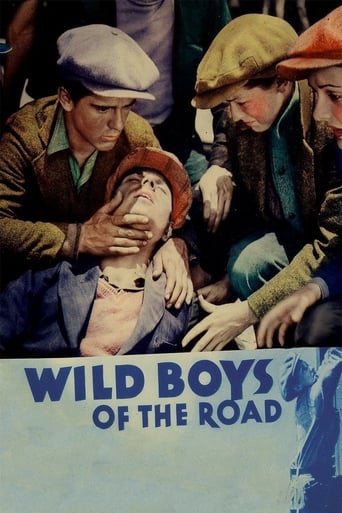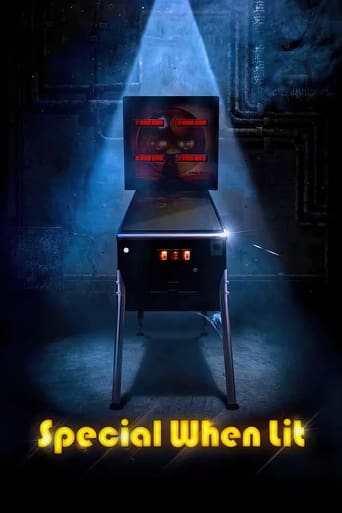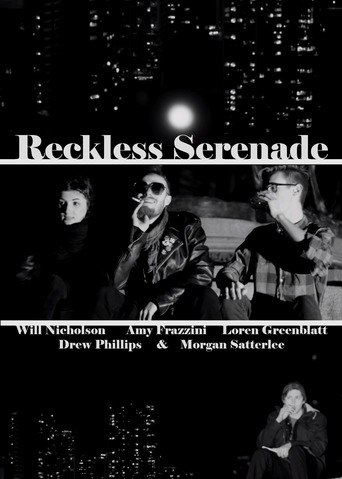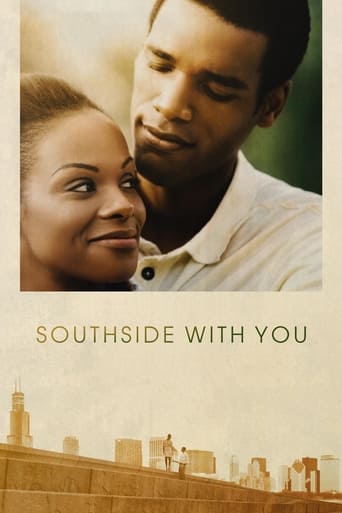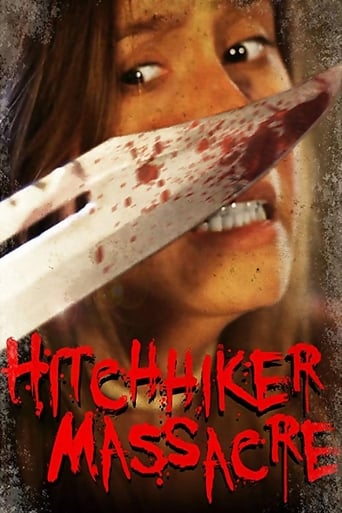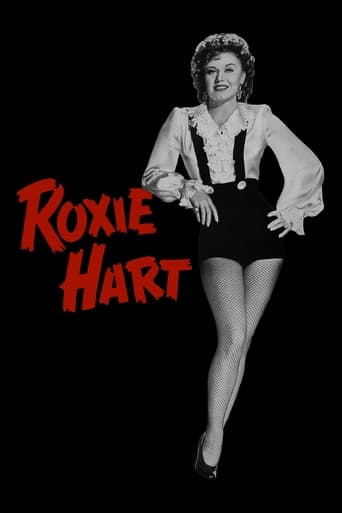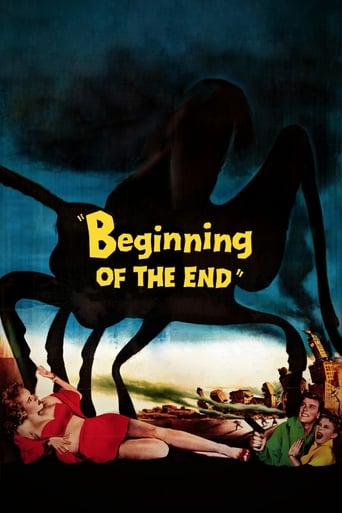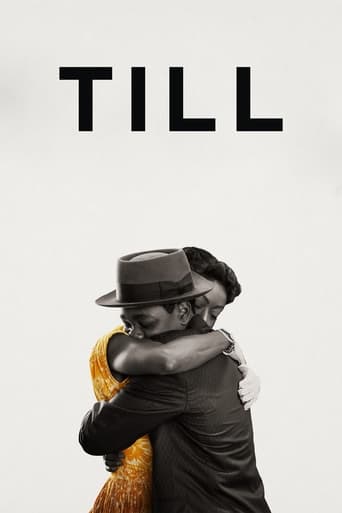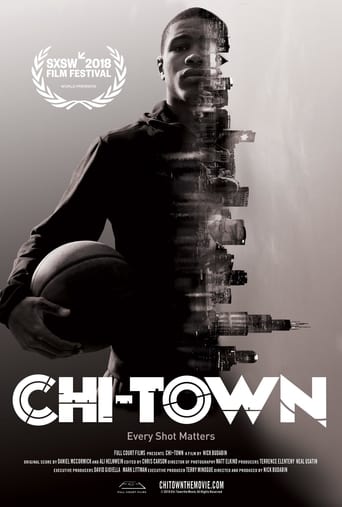EXPO: Magic of the White City (2005)
Explore the world of 1893 through a cinematic visit to Chicago's Columbian Exposition. Many of the world's greatest achievements in art, architecture, science, technology and culture are unveiled there. The grounds were designed by Frederick Law Olmsted, famous for his design of New York City's Central Park, and constructed under the supervision of Daniel Burnham. The Fair was an engineering marvel. On opening day, President Grover Cleveland depressed a golden telegraph key which sent the first courses of electricity throughout the Fair powering fountains, machines, electric railways and thousands of lights. It was the first use of electricity on such a massive scale. Nearly 28 million visit the "White City," which inspires future innovators like Henry Ford, Walt Disney and Frank Lloyd Wright, and debuts the Ferris Wheel and Cracker Jack.
Watch Trailer
Cast


Similar titles
Reviews
Awesome Movie
A story that's too fascinating to pass by...
It really made me laugh, but for some moments I was tearing up because I could relate so much.
The film may be flawed, but its message is not.
I knew little about the Fair, even though I was aware it took place in my city back in the late 1800's. This film is packed with all the information you could possibly give to someone in the time allowed. I first got hooked on Chicago history and Architecture after reading the book "Devil in the White City". I have seen articles from that period of time at the Chicago Historical Society and have been to Graceland cemetery to see the graves of the Architects how planned and helped build the Fair and many of the buildings that still stand in downtown Chicago. So when the film started I already had some insight into the circumstances and people responsible for bringing the Fair to Chicago. I knew that one of the buildings still stood, the Museum of Science and Industry, having gone there many, many times as a child but never could even imagine the scope and size that the Fair entailed. Now when I venture into that part of the city my imagination will see, in my minds eye, the ghostly beauty of the buildings that once were there and the people who attended it. I think it is a wonderful film to watch. A little long and drawn out, but still filled with the Magic that once was the "White City" of Chicago.
The EXPO that they are talking about in the title is the Columbian Exhibition held in Chicago in 1893. Oddly, this made it one year late for the 400th anniversary of Columbus' voyage to the new world--which it was to commemorate. The WHITE CITY is a name given to the six HUGE white classical buildings that framed the exhibition space.This documentary, oddly, is narrated by Gene Wilder. Now I am NOT complaining--I just didn't expect to hear this actor narrating a PBS documentary! It consists of many photos, post cards, some VERY grainy film footage and recreations to make it feel as if the viewer has an insight into the event. This fair featured many amazing things for its day. The most noticeable was the extensive use of electricity--with giant arc lights, electric fountains and lighting of the various pavilions. It was, at the time, the biggest world's fair ever--even larger than the Paris fair which featured the great wonder, the Eiffel Tower.The fair consisted of many things you'd expect--lots of exhibits on various new inventions, horticultural exhibits, pavilions for various nations and other educational items. However, since the fair was paid for by the city, it had to make money and so many not so educational exhibits were featured--such as nude art (which shocked the very straight-laced ladies of the day), exotic dancers and LOTS of beer! So, I guess the fair was to appeal to both the right and left hemispheres of our brains! Despite having very, very little film footage, it was amazing how the film managed to recreate the fair for the viewer. Wilder described the various exhibition halls by various US states, countries and the modern wonders shown in the main exhibition halls. While it seems impossible for the show to adequately portray what was inside the buildings, there were a lot of detailed photos and GREAT narration describing the contents and public's reaction to it. As for the less intellectual stuff seen at the Midway, this also is given excellent treatment in the show--and is a bit shocking in how low-brow some of this was. And, not surprisingly, it was the most popular part of the fair! These were the money-making parts of the fair--and must have been terrifically entertaining. Recreations of Cairo's bazaars included markets, dancers (including Little Egypt and her belly dancing), choreographed knife fights, re-creations of a harem and camel rides! There also was a resident beauty exhibit of gorgeous ladies from around the globe, African villages (with topless folks), Irish villages, Laplanders and Eskimos in native costumes (in the SUMMER!!), and much, much more!All in all, this is a terrific film that is much like being magically transported back to the fair. While I really would love to instead see it using my time machine, I don't have one...yet. And, I'll just have to content myself with watching this exceptionally well made and thoroughly entertaining film. It's amazing how with such a tiny budget they were able to make such a cool documentary.By the way, according to Wikipedia, in addition to the extensive use of electricity and the introduction of the Ferris Wheel and spray paint, the fair also introduced several new products to the world--such as Crackerjacks, Hershey's Chocolate, Juicy Fruit Gum, Shredded Wheat, Pabst Blue Ribbon Beer and Cream of Wheat. Who would have known?!
As a history buff, I looked forward to a well made, engaging documentary about this fascinating event in American History. What I got was marginally engaging and clearly made with a budget in mind. Thanks to my avid watching of The History Channel, Discovery Channel, etc. I know what to expect from a well made historical documentary. This movie, if it can even be called that, simply doesn't compare.The movie consists of period images, artwork, promotional material, maps, and many other visual representations of the Colombian Exposition set to period music. The best part about this technique is the clear organization as we travel across the fair grounds from building to building exploring the varied elements that made up the Colombian Exposition. You really get a good idea of what it must have been like to get off at the purpose built train station and walk into the fair grounds. The flaw in this technique is its monotony. After the tenth building, one wonders how long till we reach the exit. The narration by Gene Wilder was clearly an attempt by the producers to add some pizazz to the production values. Why else would they put his face so prominently on the cover of the DVD? So... if you are interested in this specific historical event then by all means rent or borrow this DVD. If not, save yourself the 2 hours.Cheers!
Beware of documentaries that value the producer's fantasies more highly than their commitment to accuracy! At least one INTENTIONAL error in this film makes me question the integrity of the entire thing. The live-action footage of the belly dancer completely misrepresents how the women at the Columbian Exposition would have dressed and danced in 1893. Although the vintage still photos ALL show the dancers wearing blouses, with their midriffs and upper arms covered, the modern-day footage shows the dancer with a completely bare midriff and a horrid enormous navel jewel.For those who care, the bra as we know it was invented in 1913 (according to patents issued), and the "jewel in the navel" idiocy was invented by Hollywood after the Hayes Code was instituted in the 1930's. So why did the producer force these anachronisms into a documentary about an 1893 event? I am told that the dancer tried to push for wearing historically-correct costuming, but the producer, Mark Bussler, insisted on a "1970's James Bond" look. If Bussler knowingly insisted on a 1970's look for one of the elements of his "documentary" about 1893, what other inaccuracies did he knowingly insert into it? He completely destroyed the credibility of this entire project by depicting the dancer with a look that was 80 years out of context.For a historically-accurate description of the dancers at the Columbian Exposition, don't view this documentary. Instead, see the book titled Looking for Little Egypt by Donna Carlton.

